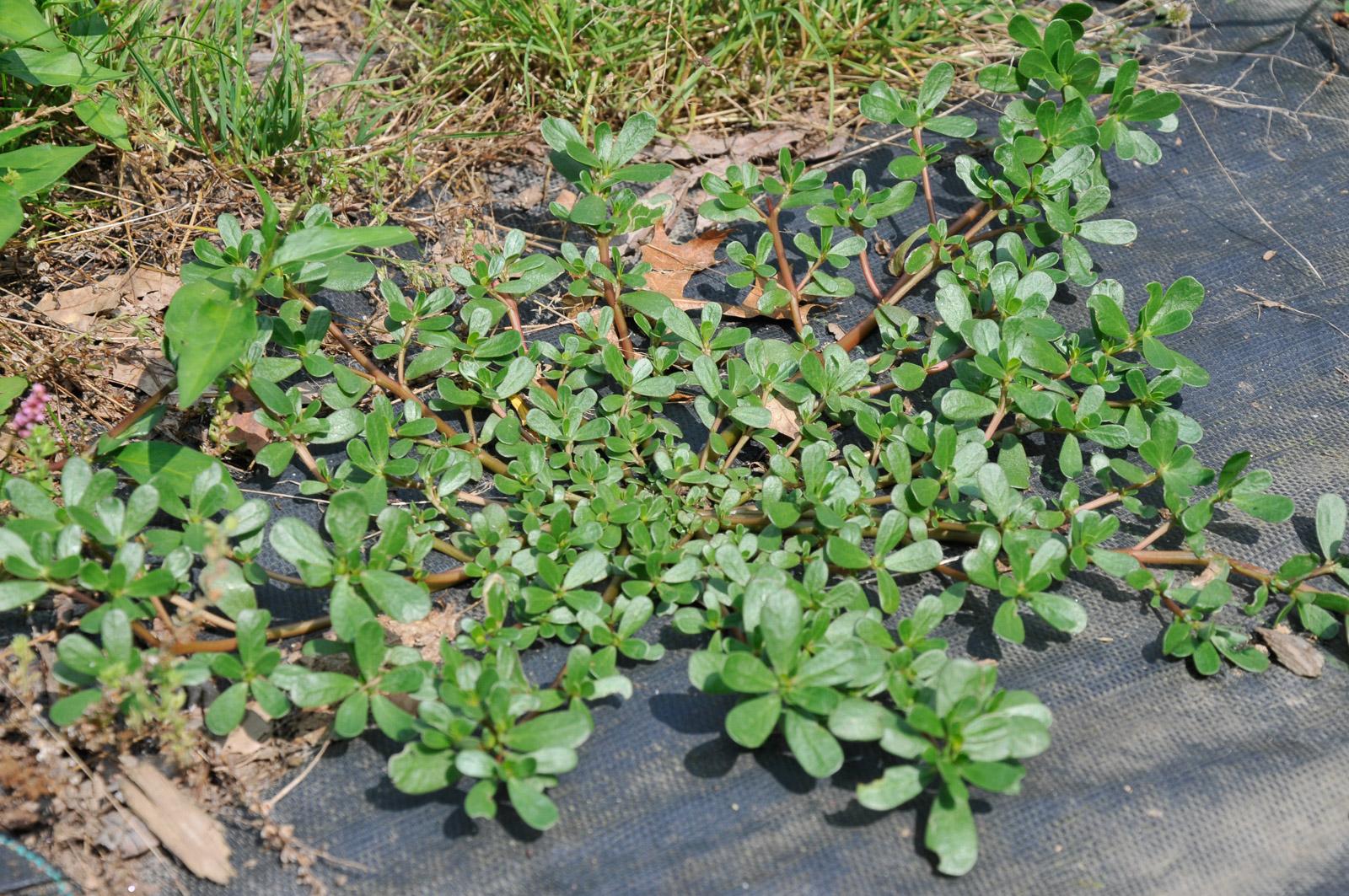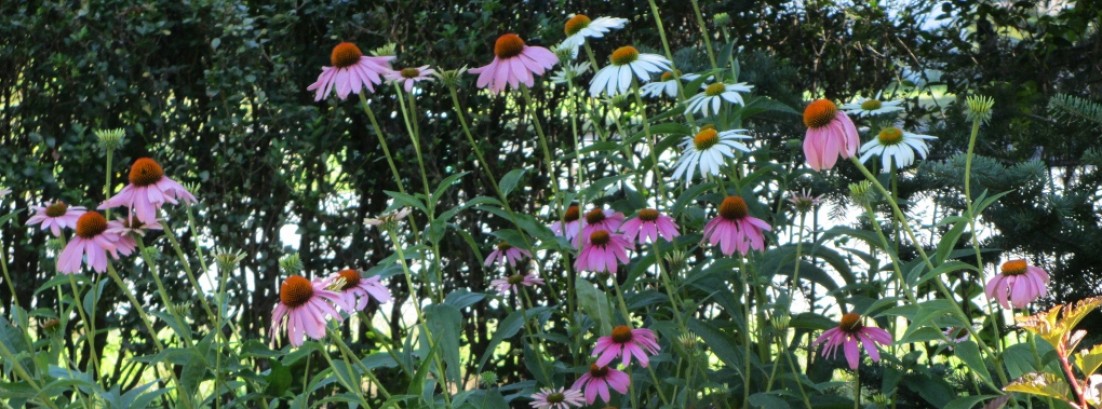Thyme is a popular culinary and ornamental herb grown in many gardens. However several aggressive weeds resemble thyme and are often mistaken for the real thing. Learning to properly identify thyme lookalikes is crucial for effective garden weed management. This article will cover the most common thyme mimics and tips for telling them apart.
Why Identifying Thyme Impersonators Matters
Correctly recognizing plants growing in your yard and gardens is important for several reasons:
-
Accurate identification allows proper care and maintenance Misidentified plants may get inadequate or inappropriate treatment
-
Weeds often require different control methods than desired plants. Mistaking a weed for a useful plant can allow it to spread.
-
Some weeds have edible/medicinal value like thyme. But others may be toxic if ingested by mistake.
-
Certain weeds are highly aggressive and invasive. Failing to identify them early helps them proliferate and become more difficult to eradicate.
-
Removing protected plants due to incorrect ID can potentially lead to legal issues in some cases.
5 Common Weeds that Resemble Thyme
Here are 5 of the most frequent imposters that get confused with thyme based on visual similarity:
1. Creeping Charlie
Creeping Charlie (Glechoma hederacea), also called ground ivy, is a fast-spreading perennial weed. The roundish, kidney-shaped leaves look nearly identical to thyme. However, creeping Charlie has a minty odor and light purple flowers, unlike thyme.
2. Purple Deadnettle
Purple deadnettle (Lamium purpureum) is an annual or biennial weed. The leaves are more jagged than thyme but similar in shape and size, causing confusion. Deadnettle can be identified by its purple flowers and lack of aroma.
3. Henbit
Henbit (Lamium amplexicaule) is another mint family weed with leaves resembling thyme. However, henbit has square stems with leaves arranged oppositely in pairs and lobed bases clasping the stem. The flowers are purple.
4. Corn Speedwell
The oval, slightly hairy leaves of corn speedwell (Veronica arvensis) have toothed edges. Tiny blue/white flowers on upright stems emerge earlier than thyme. Crushed leaves lack scent.
5. Thyme-leaf Speedwell
Ironically, thyme-leaf speedwell (Veronica serpyllifolia) is named for its similarity to thyme but isn’t actually a thyme species. The oval, smooth-edged leaves and small striped white/blue flowers help distinguish it.
Key Identification Features of Thyme
When trying to determine if an unknown plant is thyme or an imposter, compare these characteristics:
-
Leaves – Thyme has very small, smooth leaves less than 1⁄2 inch long with curled edges. Leaves are arranged oppositely on thin, woody stems.
-
Flowers – Thyme blossoms are white, pink, or purple emerging in clusters from upright stems in late spring/summer.
-
Scent – When crushed, thyme leaves have a potent, distinctive aroma. Imposters like deadnettle lack scent.
-
Growth habit – Thyme grows as an upright woody subshrub. Mimics like creeping Charlie spread via horizontal stems along the ground.
-
Life cycle – True thymes are perennial herbs while many lookalikes are annual or biennial weeds.
How to Control Thyme Lookalikes
Once an intruder weed is positively identified, management tactics can be implemented such as:
- Manually removing entire plants including all roots and stems
- Repeated cutting to exhaust energy reserves
- Applying appropriate organic or chemical herbicides
- Promoting vigorous desirable plants to outcompete weeds
- Preventing weed seed production/spread
- Solarization using black plastic to kill weeds with heat
Misidentification of weeds resembling thyme is very common. Carefully comparing an unknown plant to a known thyme specimen is key. Focusing on leaf shape, flowers, stems, and other distinguishing features helps differentiate lookalikes. Proper ID is the first step toward effective control of thyme impersonators invading your landscape.
Thyme is a popular culinary and ornamental plant, but several aggressive weeds can resemble it. Learning to identify key differences in leaves, flowers, scents, and growth habits is crucial to telling lookalikes apart. Once identified, timely removal and prevention of seed spread using organic or chemical methods can help control thyme mimics. Accurate plant identification paves the way for successful garden weed management.

“I hope that while so many people are out smelling the flowers, someone is taking the time to plant some.” ~H.Rappaport

Once again, a calendar is not needed when paying attention to the garden. It’s been easy to know we’re in late July because it’s time to weed the thyme.
A few years ago, we replaced bark mulched paths in the garden with blue stone. The spaces between the blue stone are perfect for planting Creeping Thyme. It spreads between the spaces of the stones, emitting a soft herbal fragrance when people and pets walk along the paths.
In late May, the thyme produces flowers bringing the stone to life, adding extra color to the late spring garden and creating patterns of purple and green in the spaces where the stones almost meet. While we’ve planted various colors of thyme – purple, white, and hot pink over the years, the thyme with purple blossoms is the hardiest and has outlived other colors over the years. We’ve also learned that while Woolly Thyme adds texture and a lighter, almost silvery color among the blue stone, it doesn’t last as long as the regular creeping thyme.
The flowers on the thyme bloom from late May until early July in our Nashua, NH garden. It’s at that point on the calendar when the garden truly transitions from spring to summer. The purple and pink colors across the garden fade as the green, orange and red plants take over.
This year, the weeds have emerged during this transition period and have been more prolific than ever. We usually see this trend later in the summer, so attribute the abundance of midsummer weeds to the ‘extreme drought’ our region experienced in 2016. (Or perhaps I’m just noticing more weeds since attending a weeding seminar with Roger Swain at the Nashua Public Library earlier this year?!)
Over the 10 days, my mother and I have spent a combined 25+ hours weeding the various beds and paths throughout the garden. Her time out there beats mine by 2:1! The challenge has been the infiltration of weeds with the thyme. In addition to the typical crabgrass, it seems the ideal impostor weed has been the spotted spurge.
You see, it’s a flat weed that starts under the thyme plants. It spreads like thyme as well. The bigger challenge: As you walk along the garden paths, it’s not easy to see until suddenly it’s huge because it’s taken over the delicate thyme planted in that space. The single deep root sends shoots that spread up to a few feet in diameter. And, it seems to happen overnight. When it does, it’s difficult to remove just the weed, so inevitably, some sprigs of thyme are pulled in the mix.
Yes, there’s also white clover mixed in too, which is my fault. However, while some gardeners consider white clover to be a weed, it’s the latest solution to the Sad Sod Situation I’ve shared in the past. (I’ll save that story update for later – but here’s a sneak preview: The second planting of lawn two years ago died during the 2016 drought. It was decided we’d fill that area with white clover last fall and this spring, and the seed shaker helped scatter a little clover to a few paths where it wasn’t intended to grow.)
Even after hours and hours (and yes, more hours) of weeding through the thyme over the past week…sometimes feeling like I was wasting time…I must admit there’s something cathartic about the process of weeding. It allows me to get incredibly close to to the garden and forces me to slow down. It takes time to find the roots of weeds and fully remove them. Additionally, when working so close to the ground, it’s easier to notice soil conditions, pest issues, and beneficial garden creatures including dragonflies, toads, and worms.
That said, I’m thrilled the worst part of weeding thyme is behind us so we can spend the rest of the summer enjoying thyme!
“Give a weed an inch and it will take a yard.”
Strategic Communicator – Avid Gardener
Weed Identification – Identify 21 Common Weeds in Lawn
FAQ
Is creeping thyme aggressive?
Yes, creeping thyme can be considered aggressive in the sense that it spreads and can take over an area if not managed.
What looks like creeping thyme?
Thyme-Leaf Speedwell (Veronica oltensis)
Easily mistaken for creeping thyme, this plant’s shiny evergreen leaves are tiny, hence the common name “Thyme Leaf”. But when this little beauty bursts into flower in early to mid-spring, it becomes a sheet of blue flowers, readily distinguishing it from pink-flowered thyme.
Is thyme speedwell invasive?
thymeleaf speedwell: Veronica serpyllifolia (Plantaginales: Plantaginaceae): Invasive Plant Atlas of the United States.
